
One of the challenges that comes with removing dairy from your diet is feeling like you're not consuming enough calcium. But the truth is milk, yogurt, and cheese don't have to be the main sources of calcium. In fact you'd be surprised how many foods out there, including greens and seafood, contain loads of necessary calcium. That's great for anyone who is following a dairy-free diet and even for those who do eat dairy, but want to increase their calcium intake without increasing their dairy intake.
More from MamásLatinas: Agua Frescas that will help you lose weight & get healthy
For instance, did you know that leafy greens like spinach or kale contain calcium? Well, they do and so do other vegetables, like sweet potatoes and carrots. Cool, right? This is important to know because, according to studies, 16% of women aged 20 to 29 don't consume enough calcium, and it's especially necessary when it comes to maintaining strong teeth and bones. Here's a look at a few foods you probably didn't know were packed with calcium!
Almonds contain a significant amount of calcium.
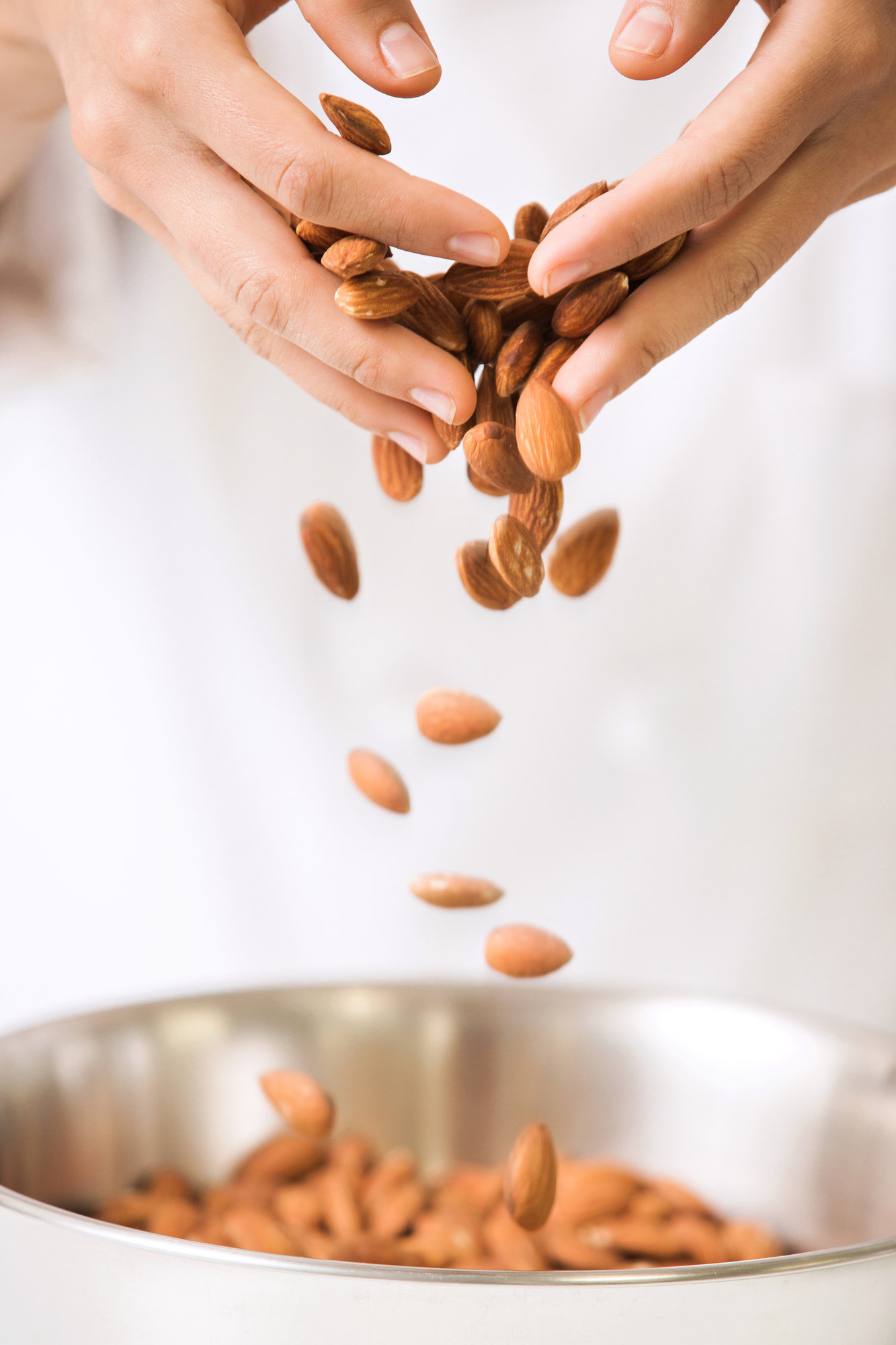
But you certainly don't want to depend on almonds as your main source because they don't contain enough per serving and they are also high in calories. But a handful of almonds a day makes for a great snack and can help you get enough calcium when combined with other foods.
Eat more black-eyed peas.

One cup of black-eyed peas contains 211 milligrams of calcium. Try incorporating them in your soups or stews. How much calcium you need a day depends on your sex and age. Women who are 19 to 50 years old need 1,000 mg a day.
Bok choy is rich in calcium.

It's also loaded with iron, phosphorous, magnesium, zinc, and vitamins that contribute to healthy and strong bones. If you are unfamiliar with bok choy, it is a kind of Chinese cabbage. You can eat it raw with a yummy dip or you can lightly stir-fry it so that the leaves become tender, but the stalks stay crisp.
Broccoli doesn’t just contain calcium.

Broccoli is one of those vegetables that's actually very high in calcium. But you want to still make sure you're incorporating other high-calcium foods because the calcium in dark leafy greens isn't as easy to absorb.
Butternut squash is high in calcium.

One serving contains around 40 mg of calcium—not too shabby. FYI, a serving size is around 1/2 a cup. Try having it oven-roasted or throwing it into your stews. Or if you are a fan of soups, make some butternut squash soup.
Carrots are great for your bones.

Apparently carrots give you as much calcium as cow's milk. The great thing about this vegetable is you can eat it various ways. You can have it raw as a snack or oven-roasted with a meal. You could also it to soups or make a dairy-free cream of carrot soup.
Collard greens are good for calcium.
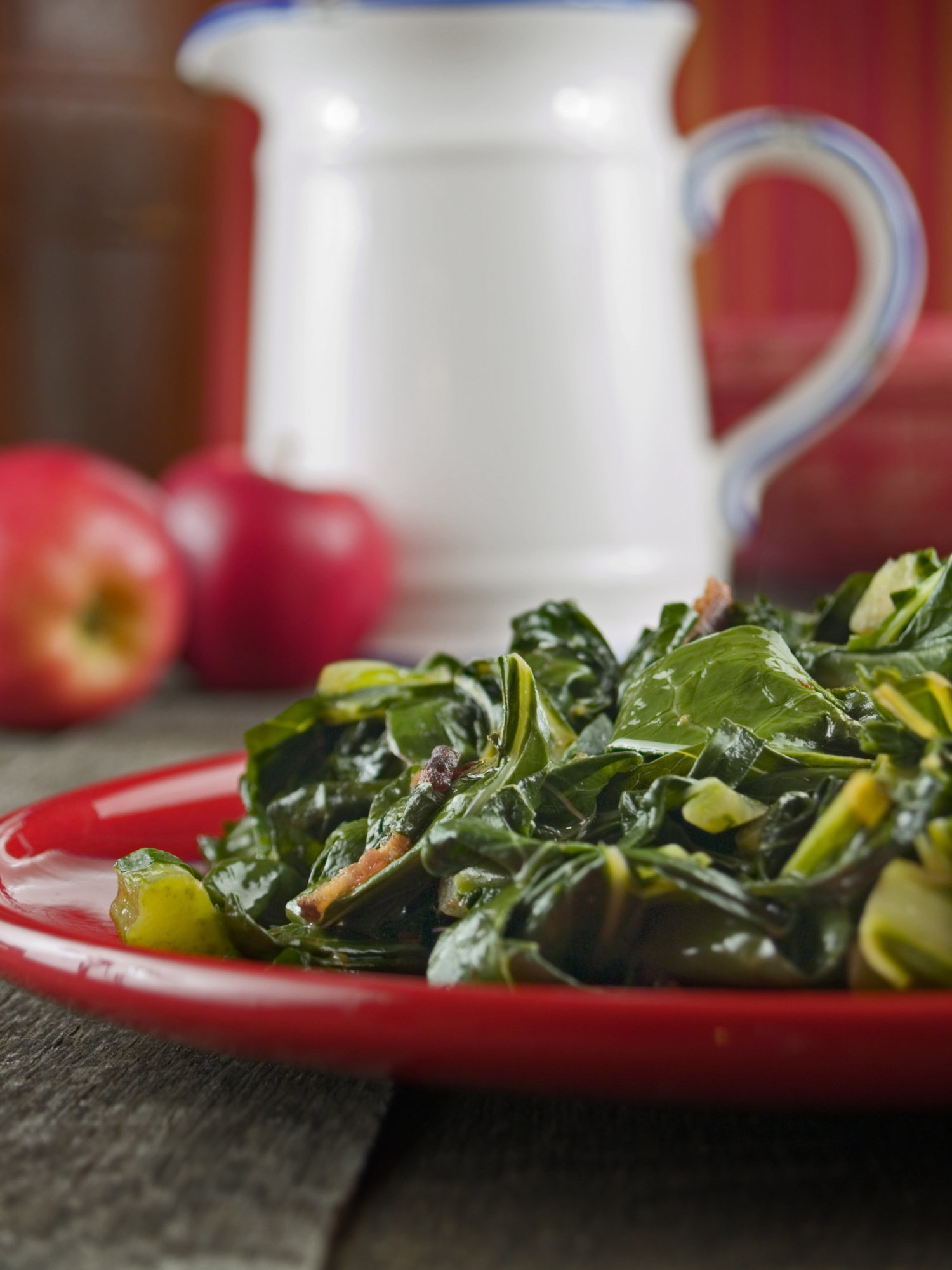
Unlike broccoli, collard greens are one of the leafy greens that have calcium that is more easily absorbable. Try them sautéed as a side dish with your meals. They also make a great addition to soups.
Edamame is a great calcium-packed snack.

A 1/2 cup serving contains loads of fiber, protein, and calcium. Sprinkle some sea salt on it and enjoy it as a healthy fix in between meals. Edamame is also a great item to pack in your kids' lunches. It's fun to eat and tastes like a treat while being very healthy.
Figs are rich in calcium.

Two dried figs contain around 65 mg of calcium and pretty much taste like candy. If you prefer raw figs and have access to them, by all means, eat them raw. If you have a fig tree, pick them and enjoy!
Green beans are good for you for a number of reasons.

But the high calcium and fiber content is enough to get us eating them on the regular. You can have them steamed or lightly stir fried. You can even buy them frozen, so that they are always available to you and don't go bad in your veggie drawer.
Like collard greens, kale can increase your calcium intake significantly.

Add it to your salads, stir-fries, or smoothies. If you want to get your kids excited about kale, make baked kale chips, and be amazed at how quickly your kids devour them.
Kelp might surprise you.

This Chinese seaweed is loaded with vitamins including around 17 mg of calcium in 1/8 cup of fresh, raw kelp. Kelp has been used in Asian cuisines for thousands of years. If kelp isn't something you normally eat, try experimenting with different ways to incorporate it into your diet.
We can’t think of a better reason to have some okra guisado.

Not only is okra high in fiber, but it also contains around 82 mg of calcium in 1 cup. Although fried okra is undeniably tasty, okra tastes great stewed or roasted as well.
We know that oranges are loaded with vitamin C.

But who knew that oranges are a good source of calcium? One small orange has around 38 mg of calcium. If you are a fan of orange juice, buy calcium-fortified orange juice and one 8-ounce serving will provide you with about 360 mg of calcium. The same amount of milk provides you with around 305 mg of calcium.
Sardines are a good source of calcium.

Not only are they rich in calcium, but they also contain lots of vitamin D which can help the body better absorb calcium. They taste yummy with lemon and hot sauce atop saltine crackers, but you probably already know that.
Soy milk contains about as much calcium as cow's milk.

One cup of fortified soy milk can give you 30% of your recommended daily intake of calcium. That makes it pretty much equivalent to what you would get from the same amount of cow's milk. Soy milk is also lower in fat.
Spinach is a lot like broccoli.
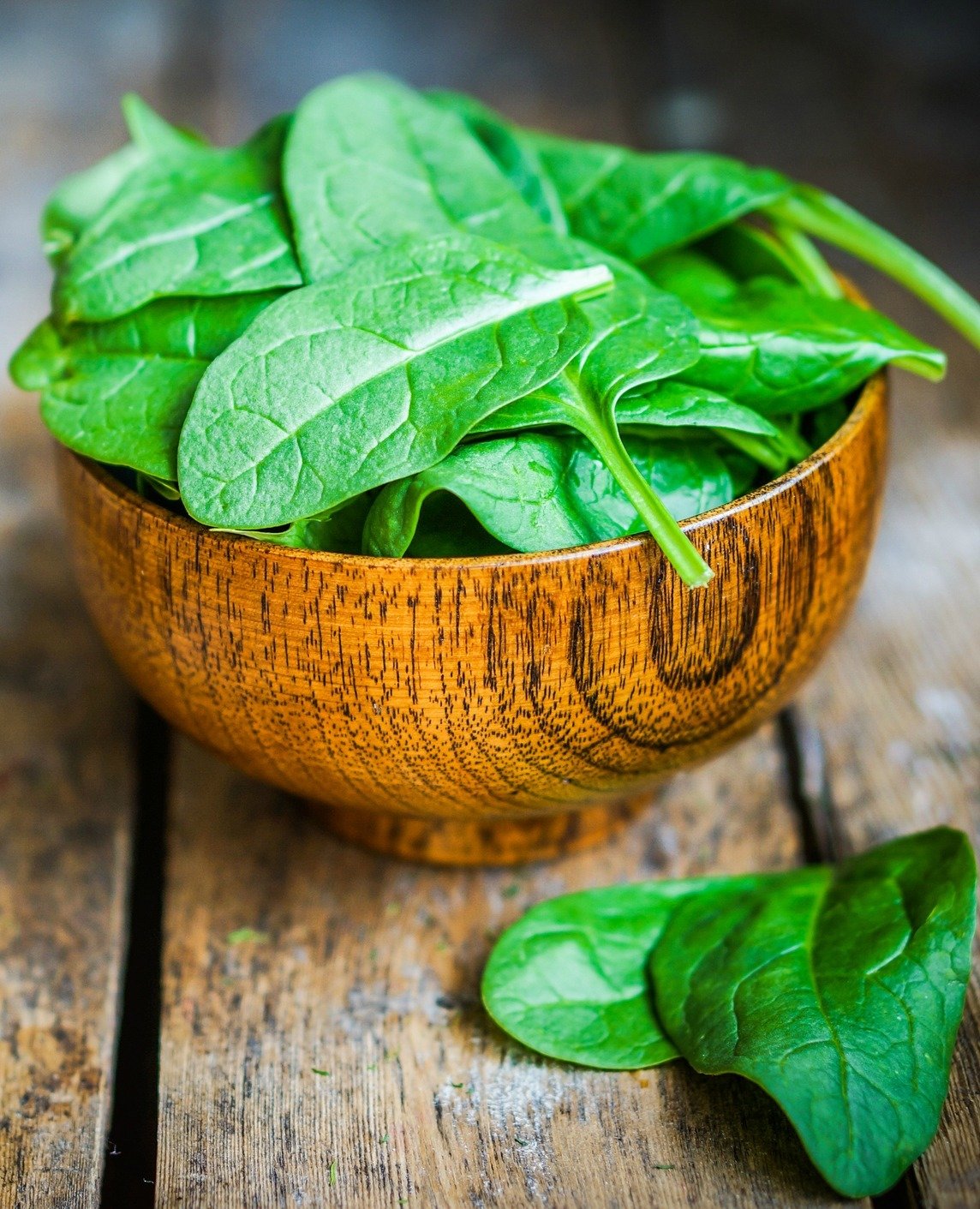
Spinach contains lots of calcium but only about 24% of it gets absorbed by your body so don't plan on it being your main source of calcium. Still, spinach is good for you in so many ways that you shouldn't shy away from eating it just because you won't absorb all the calcium in it.
Eat sweet potatoes.

Sweet potatoes contain high levels of calcium and potassium, as well as vitamins A and C. Try them baked, sautéed, or pureed. Or, make some baked sweet potato fries that you can sprinkle with some powdered cinnamon sugar.
Watercress is another nutritious dark leafy green.

Watercress is packed with calcium and plenty of vitamin K. The easiest and probably the tastiest way to incorporate watercress into your diet it to chop it up and add it to your salads. Why complicate things, after all?
White beans are a great source of calcium.

White beans also contain a lot of iron. Have them guisadas or add them to your soups and stews. In the summer, you can combine them with other beans and toss them in a light vinaigrette to make a bean salad.
Amaranth is a whole grain that's packed with calcium.

Amaranth is an ancient grain that was a staple of the Aztec diet. One cup of the cooked grain boasts 116 milligrams of calcium, in addition to significant amounts of protein and iron.
If you get bored with almonds, almond butter is just as good.

Even for those of us who really love almonds, crunching on a bunch of almonds can get a bit tiresome. Change it up a bit by incorporating almond butter into your diet a few days a week.
Black currants have calcium and antioxidants.

If you can get your hands on black currants which aren't too common in the US, they are a great source of calcium with approximately 50 mg in 1/4 cup. They also have lots of antioxidants and vitamin C. Try looking for black currant juice or dried black currants.
Brussels sprouts are similar to leafy greens and have plenty of calcium.

One cup of brussels sprouts is a low-calorie source of calcium, just like other leafy greens. There are 37 mg in 1 cup of raw Brussels sprouts. Cook them until they're crisp with some bacon and onion and your family will love them.
Bone broth is a rich source of calcium.

Animal bones are full of calcium, so when you simmer them in water for a long period of time the calcium seeps out, making the broth an excellent source of the mineral. Use the broth to make soups and sauces.
Canned salmon specifically contains lots of calcium.

If you've ever had canned salmon, you probably know that the bones are not removed from the fish. They become soft and edible during the canning process, so canned salmon is a great source of calcium because you can eat the bones.
Celeriac is a root vegetable with a good amount of calcium.
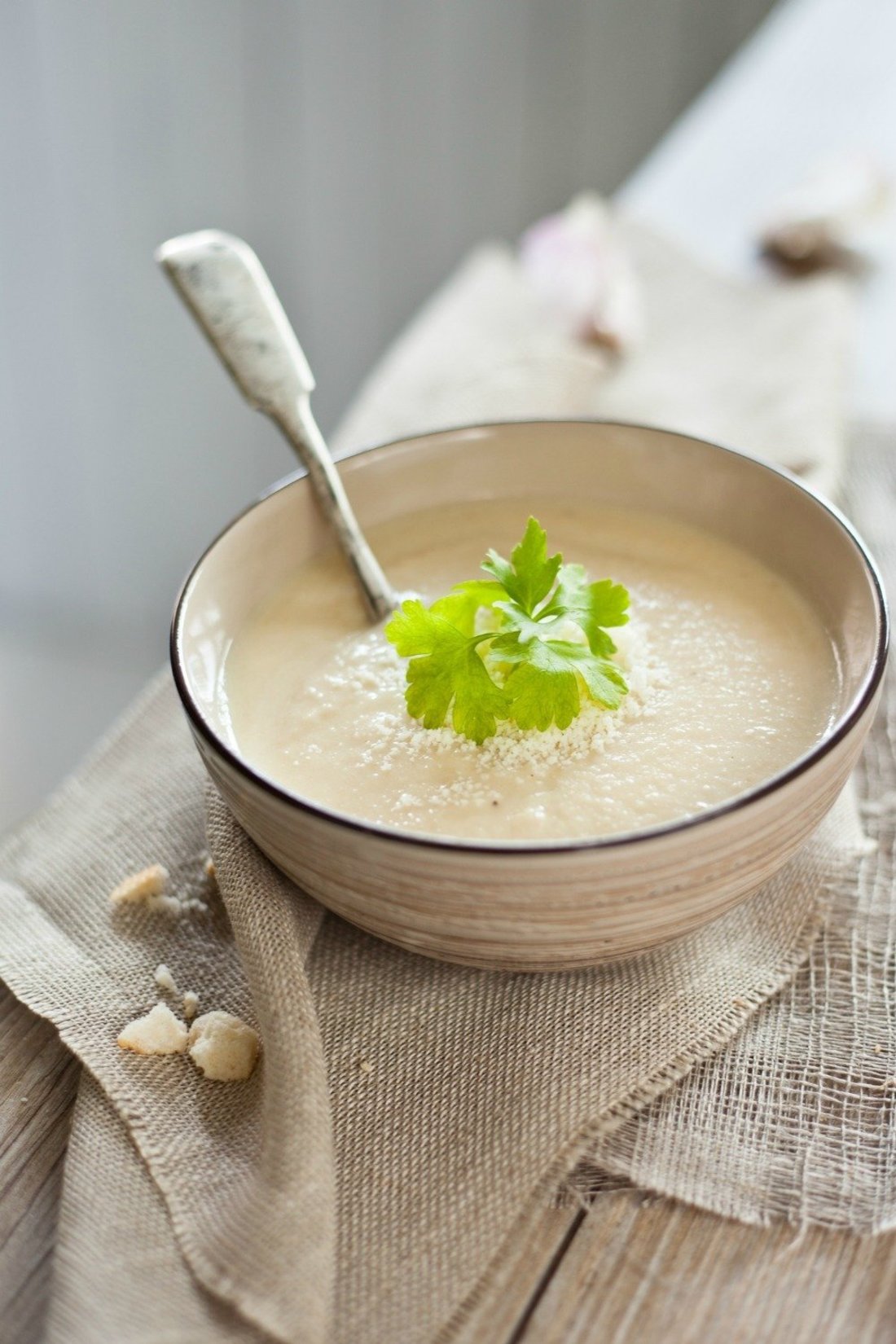
Celeriac is a root vegetable similar in texture to a turnip and in flavor to celery. It's delicious roasted or pureed and made into a soup. Just 1 cup of the veggie has 67 mg of calcium. Look for it at international grocery stores.
Fortified cereals can fill in calcium gaps.

Fortified cereals are heavily processed, so the jury is still out whether they are a beneficial part of the average diet. But manufacturers started fortifying cereals to help people fill in nutrition gaps, and one of the minerals they included was calcium. Fortified cereals still include a healthy dose of calcium today. Just look for those featuring whole grains and minimal sugar.
Chia seeds prove their superfood status once more, with a great calcium content.

Just 1 ounce of chia seeds—about the amount you would put in a large smoothie or a batch of chia pudding—contains a whopping 179 mg of calcium.
If you like clams, you're in luck: They are loaded with calcium.

Just 20 small clams contain about 17% of recommended daily amount of calcium for the average adult. Make your next spaghetti and clams dinner heavy on the clams and light on the pasta.
Hemp milk has more calcium than cow's milk.

Hemp milk, which is becoming more widely available as the instances of food allergies increase, has more calcium per cup than regular cow's milk.
Old-fashioned molasses has a high concentration of calcium.
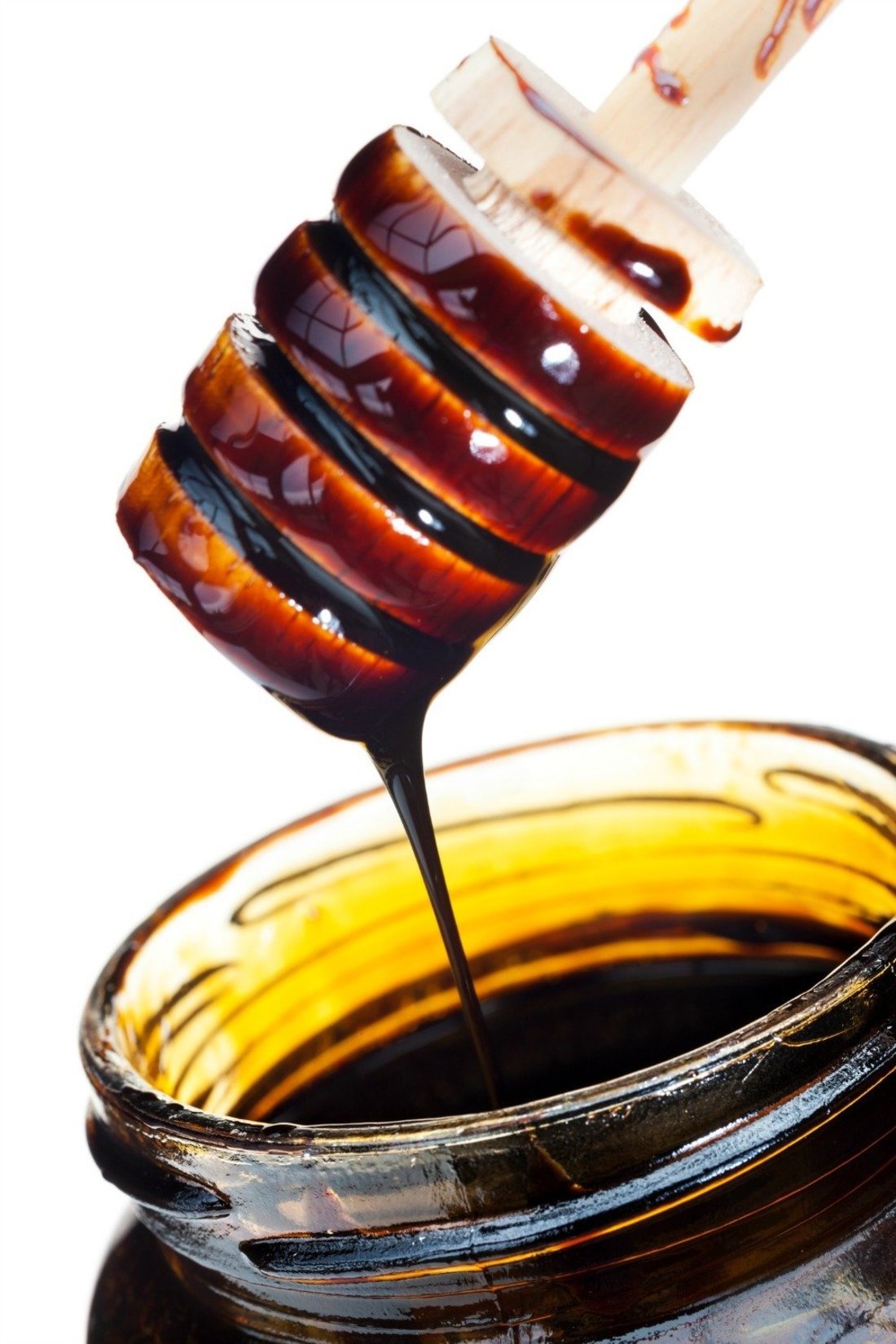
Just 1 tablespoon of molasses—the old-fashioned sweetener used in gingerbread—has 41 mg of calcium. Add that spoonful to your bowl of oatmeal or cup of tea for a tasty calcium boost.
Indulge in oysters to get your calcium in.

Similar to clams, this tasty shellfish is packed with calcium. Just six oysters contain about 50 mg of calcium. Oysters on the half shell with lots of lemon and hot sauce, please!
Another ancient grain, quinoa is also rich in calcium.

Quinoa is well-known for its protein content, but it's also a great source of calcium. One cup of the cooked grain contains nearly 100 mg of calcium.
Rhubarb is a surprising source of calcium.

Rhubarb, which is typically only available fresh during the spring months, has 105 mg of calcium in just 1 cup of the raw vegetable. Buy a bunch and freeze it for use all year.
Tiny sesame seeds are loaded with calcium.

One tablespoon of sesame seeds packs nearly 90 mg of calcium. You can toss them in salads and on avocado toast or use tahini (a sesame paste) as a dip or dressing.
Just like edamame and soy milk, you can get lots of calcium from soy yogurt.

Soy's a great source of calcium, and even if you don't love the taste of soy milk, you can still reap the benefits. Try a flavored soy yogurt or top plain soy yogurt with honey, nuts, and fruit.
Your favorite baseball snack is a good source of calcium.

Sunflower seeds, which are now available in many forms including candy-coated, as sun butter, and even in breads and snack bars, have more than 100 mg of calcium in 1 cup.
Tapioca can help boost your calcium intake.
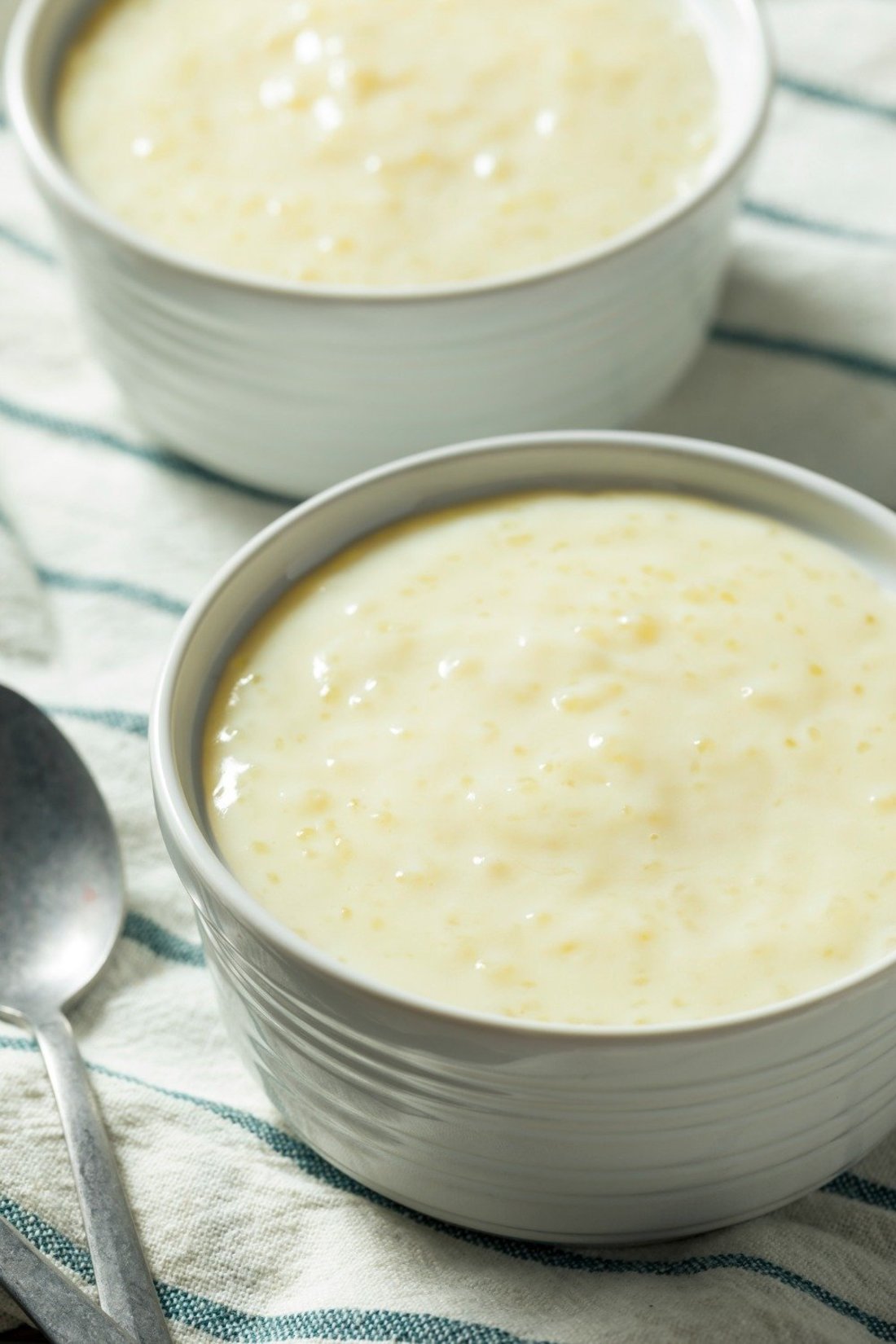
Tapioca—yes, as in tapioca pudding—is a good source of calcium, though you would need to eat a significant amount of it. You could try making a nondairy pudding or enjoying bubble tea a couple of times a week. If you can find tapioca starch, you can even use it to replace flour in some recipes.
Tofu is a major source of calcium.

Tofu is popular as a plant-based meat replacement. It's made from soy, which we know has a lot of calcium. But because of the way tofu is made, the calcium is super-concentrated. Just 1/2 cup of tofu—an average serving size—has over 400 mg of calcium.


